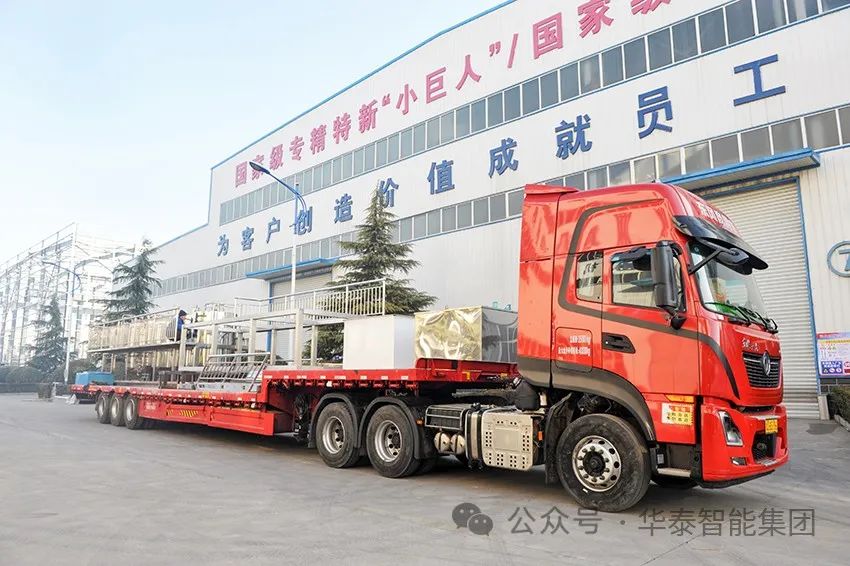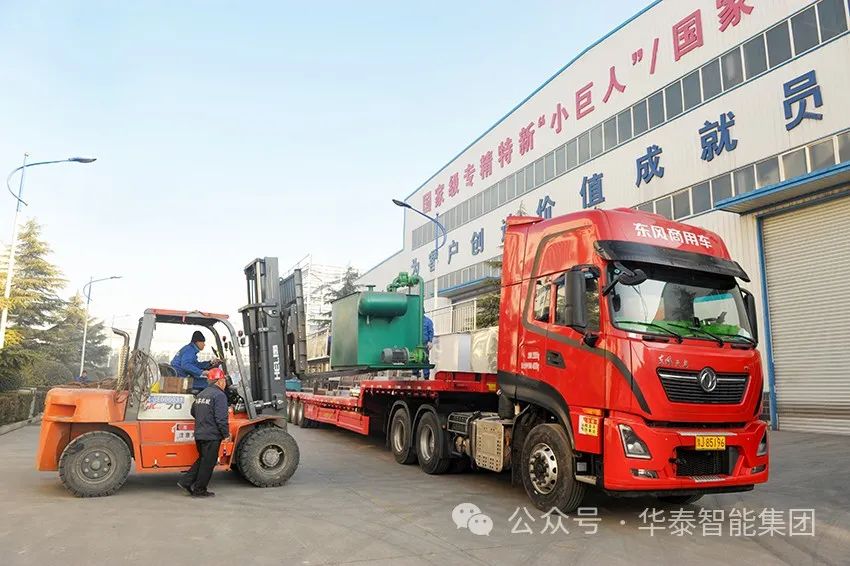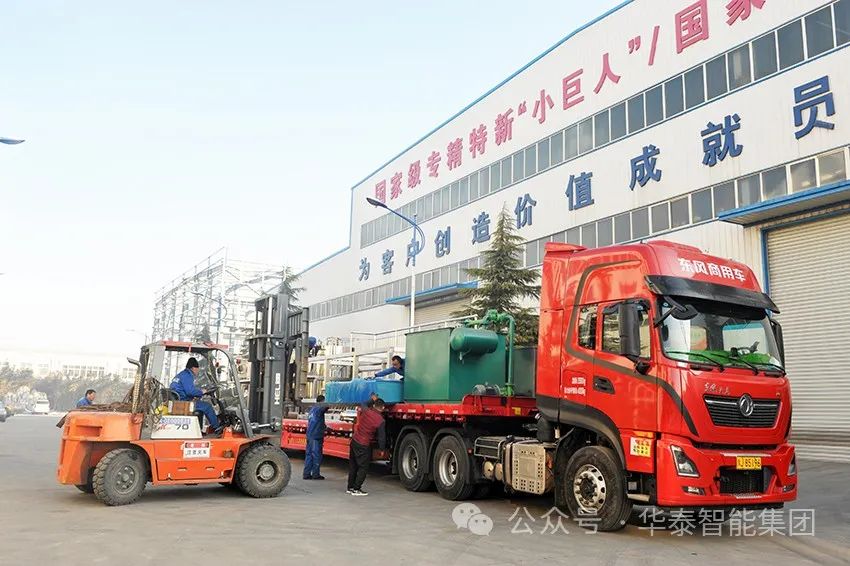On January 3, 2024, the 2T/D refined oil project designed and manufactured by Huatai Group was shipped to Anhui.

Our country has corresponding industry standards for the quality of edible oils. The edible oils sold on supermarket shelves are all edible oils produced by oil equipment manufacturers that have passed testing and meet the standards. However, self-pressed oil cannot meet the requirements of edible oil standards, so it is not as good as supermarkets. The edible oil produced in China is also sold under OEM brands. Self-pressed oil is called crude oil or crude oil in edible oil standards. There are a variety of impurities in crude oil. Some will affect the quality, color, and storage time of the oil, and some will have a certain impact on the human body. These impurities need to be removed through refining equipment, and the oil can only enter the market after it meets the standards. The following is a brief introduction to the impurities present in crude oil.

1. The impurities present in crude oil include mechanical impurities, peptizable impurities, fat-soluble impurities, trace impurities and moisture.
The first is mechanical impurities, which refer to solid impurities that are insoluble in grease. Crude oil is obtained from oil plants through pressing or leaching processes. Mechanical impurities are solid impurities such as sediment, embryo powder, cake residue, fibers, and grass clippings that are mixed into the oil during the oil production or storage process. Since it is insoluble in grease, it can be removed through simple processes such as filtration and sedimentation.
Secondly, there are peptidic impurities. Peptide-soluble impurities in oils and fats mainly include phospholipids, proteins, sugars, resins and mucus. These impurities are distributed in the oil in the form of extremely small particles and cannot be removed by processes such as filtration and sedimentation. During the processing of edible oil, it is often removed by hydration, adding electrolytes and performing acid refining or alkali refining.
The third type of fat-soluble impurities mainly includes free fatty acids, pigments, sterols, tocopherols, hydrocarbons, trace metals and organophosphorus, mercury, aflatoxin, etc. caused by environmental pollution. Such impurities will be removed during production through processes such as decolorization, deacidification, and dewaxing in refining equipment.
The fourth type of moisture, the presence of moisture will affect the color of edible oil, cause odor, promote rancidity, reduce quality and use value, so it will be removed by refining equipment during the subsequent refining process of oil.
Different impurities need to be removed using different equipment. In edible oil production lines, equipment such as leaf filters, bag filters, and settling tanks are usually used to remove mechanical impurities. However, for pectin-soluble and fat-soluble impurities, complete sets of equipment are required. Refining oil equipment.
Seniors in the oil machinery industry know that oil mechanical refining equipment plays a vital role in the entire oil refining process. Refining equipment is one of the main equipment to ensure the quality, grade and food safety of oil during edible oil processing. In the process of oil refining, different oils use different processes. How to determine which process to use for oil? The oil refining technician of Henan Huatai Grain and Oil Machinery briefly introduces the four principles that can be followed when selecting oil refining processes.

2. Principles of refining process of refined oil equipment:
1. The refining process should be selected to maximize the oil refining yield. Reduce losses during the refining process and strive to improve the process. Use advanced technology and reliable equipment to achieve the highest oil yield. For example, in the production of salad oil, physical refining is used instead of chemical refining; in each process, attention is paid to reducing the emission of reactants and recovering as much grease as possible from the waste.
2. The main processes of oil refining include degumming, deacidification, decolorization, deodorization, dewaxing and other processes. Manufacturers need to determine a reasonable combination of refining processes based on the type, nature, composition of crude oil and the grade indicators of oil products.
For example, different types of palm oil refining: the process of palm oil for soap mainly focuses on decolorization and removal of beta carotene. During refining, the crude oil is filtered, decolorized, and cooled to become refined oil.
Edible-grade palm oil adopts a full refining process, which requires dephosphorization, deacidification, decolorization, deodorization and other refining processes before the finished oil can be obtained.
3. The technological process for refining edible oil should be simple and reasonable, with few but advanced equipment. The production process should be mechanized, continuous, highly automated, and low in labor intensity.
4. The configuration adaptability of technology and process equipment should be strong. Generally, a typical full refining process and a one-machine multi-purpose technical solution are set up. Consider being used in the production of multiple varieties and specifications of oil products.

3. How to choose suitable oil refining equipment:
1. Look at the brand
First of all, we have to choose from the brand of the product. Choosing high-quality refining equipment is the main guide for the products we buy. Choosing the brand of refining equipment because the brand is a mature product that has been tested by the market will have a great impact on product quality and after-sales service. High guarantee.
2. Look at the process flow
Secondly, the technological process of the product, scientific and reasonable refining equipment, will achieve high efficiency in the production of oils, and the quality of the products produced will be better, thereby obtaining better economic benefits.
3. Look at plans and services
When investors purchase refining equipment, they communicate in advance, formulate a special production design plan, set a detailed equipment list and corresponding parts, material quotations and other details, and then customize production, quality inspection and delivery, installation and commissioning, and complete the whole process. The comprehensive after-sales service provides customers with more comprehensive services.

Different oils and fats require different refining processes. Oil refining is a relatively complex process. It must not only remove harmful impurities in the oil and impurities that affect the quality of the oil, but also retain the nutrients in the oil as much as possible. Therefore, for The processes and technologies of refining equipment manufacturers have certain requirements. When purchasing refining equipment, you must choose a regular manufacturer. The physical manufacturer can guarantee the quality of the refining equipment. If you encounter process or technical difficulties during the subsequent production process, you can quickly contact the manufacturer to quickly maintain the equipment to avoid affecting the oil plant due to quality problems. normal production.
 Language
Language









